 First Nation Shell Middens And True Oysters
First Nation Shell Middens And True OystersOne of the now rare species of oysters in the Pacific Northwest is the Olympia oyster, Ostrea lurida...
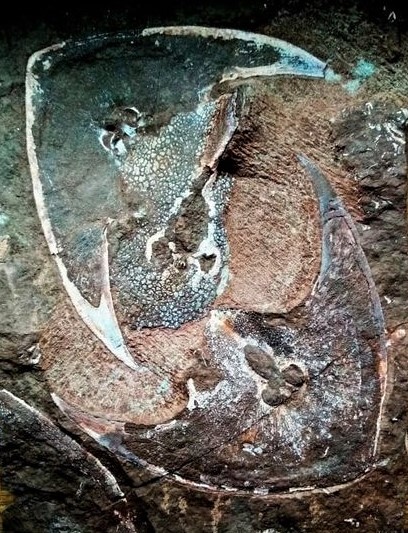 Zenaspis: Lower Devonian Bony Fish Of Podolia, Ukraine
Zenaspis: Lower Devonian Bony Fish Of Podolia, UkraineA Devonian bony fish mortality plate showing a lower shield of Zenaspis podolica (Lankester, 1869)...
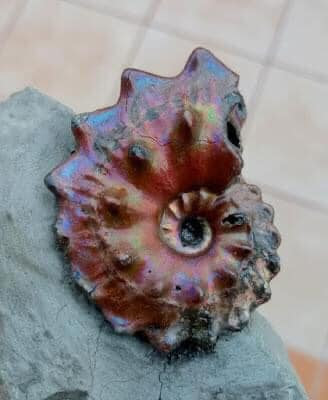 Oil in Water Beauty: Euhoplites of Folkstone
Oil in Water Beauty: Euhoplites of FolkstoneSheer beauty — a beautiful Euhoplites ammonite from Folkstone, UK. These lovelies have a pleasing...
 Carnotaurus sastrei: Flesh Eating Bull
Carnotaurus sastrei: Flesh Eating BullCarnotaurus sastrei, a genus of large theropod dinosaurs that roamed the southern tip of Argentina...






 We can trace the lineage of barnacles back to the Middle Cambrian. That is half a billion years of data to sift through.
We can trace the lineage of barnacles back to the Middle Cambrian. That is half a billion years of data to sift through. 
 These delightfully friendly and super smart fellows are Dall's porpoise. Porpoise are marine mammals who live in our world's oceans and breathe air at the surface, similar to humans. They have lungs, inhaling and exhaling through a blowhole at the top of their heads instead of through their snouts.
These delightfully friendly and super smart fellows are Dall's porpoise. Porpoise are marine mammals who live in our world's oceans and breathe air at the surface, similar to humans. They have lungs, inhaling and exhaling through a blowhole at the top of their heads instead of through their snouts.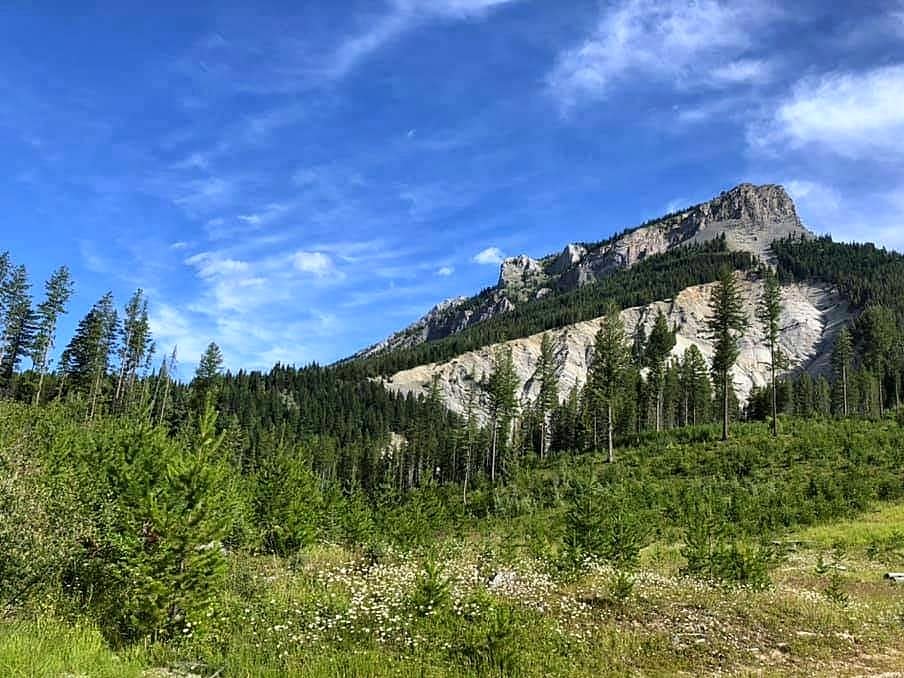

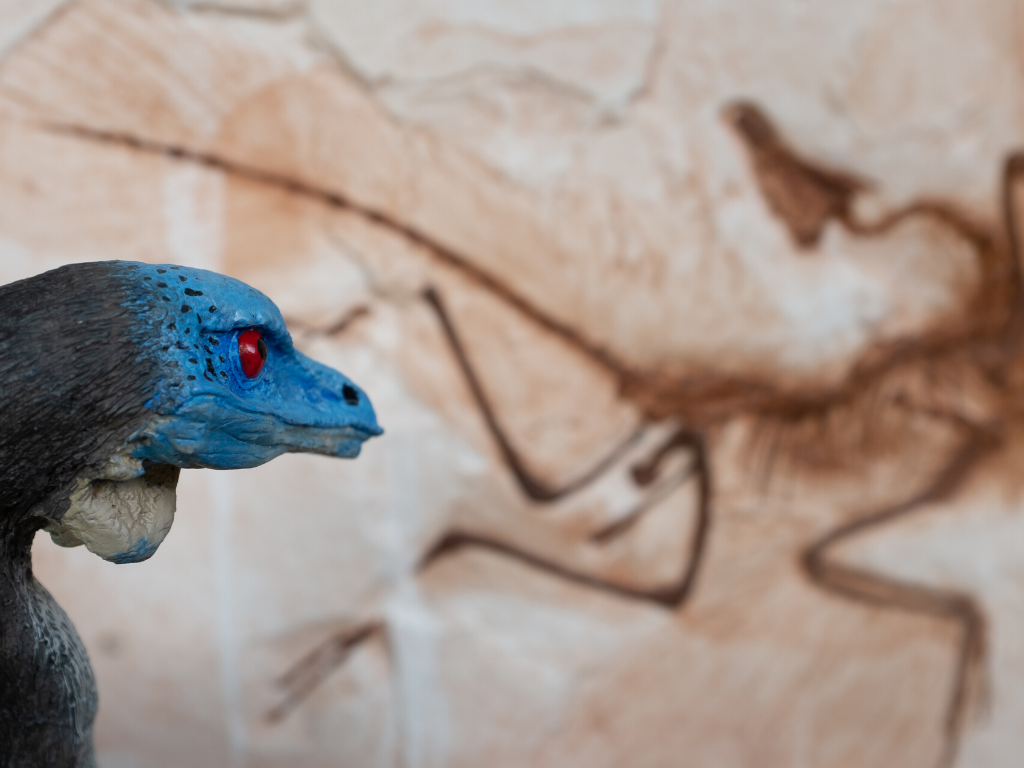 The Fossil Birds of the Jehol Biota have caused an international stir amongst palaeontologists. The Jehol outcrops of northeastern China has unearthed some of the most important Mesozoic bird specimens worldwide over the past two decades.
The Fossil Birds of the Jehol Biota have caused an international stir amongst palaeontologists. The Jehol outcrops of northeastern China has unearthed some of the most important Mesozoic bird specimens worldwide over the past two decades.
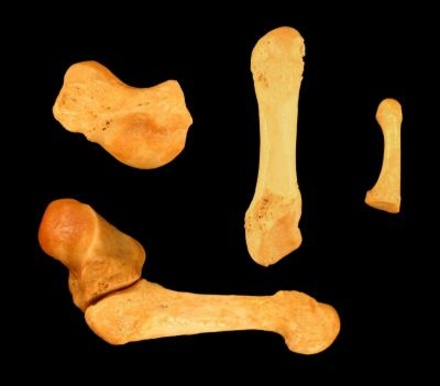

 This lovely specimen of Oncorhynchus nerka, a Pleistocene Sockeye Salmon, is from outcrops along the South Fork Skokomish River, Olympic Peninsula, Washington State, USA.
This lovely specimen of Oncorhynchus nerka, a Pleistocene Sockeye Salmon, is from outcrops along the South Fork Skokomish River, Olympic Peninsula, Washington State, USA.